Introduction
In the realm of comfort foods, few dishes can match the soothing warmth and nutritious benefits of a well-crafted bowl of millet porridge. Known for its delicate flavor and rich, creamy texture, millet porridge, especially when prepared with a generous layer of “porridge oil” or “congee oil,” stands as a staple in many culinary traditions across Asia. This article aims to guide you through the meticulous process of making millet porridge that boasts not only a delightful taste but also a luxurious, silky consistency—a true testament to the art of porridge-making.
Understanding Millet: The Foundation of Excellence
Before diving into the recipe, it’s crucial to understand the star ingredient: millet. Millet, a small-grained cereal crop, is highly nutritious, rich in dietary fiber, essential amino acids, vitamins, and minerals. Its gluten-free nature makes it an ideal choice for those with gluten sensitivities or intolerances. When cooked properly, millet transforms into a porridge that is both filling and easy to digest, making it perfect for breakfast, lunch, or a comforting dinner.
Choosing the Right Millet
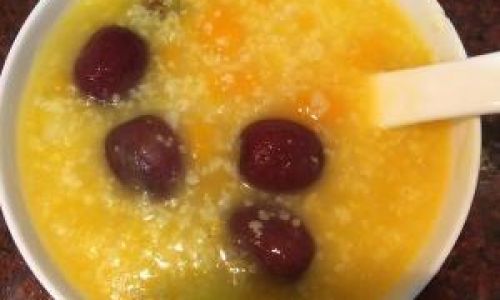
There are several varieties of millet, each with its unique characteristics. For making a creamy porridge, hulled or dehulled millet is preferred. This type of millet cooks more evenly and produces a smoother texture compared to its whole-grain counterparts. Ensure your millet is fresh and stored in an airtight container to preserve its quality and flavor.
The Importance of Porridge Oil
The term “porridge oil” refers to the thick, creamy layer that forms on top of well-cooked porridge, particularly when slow-cooked over an extended period. This layer is rich in starches and fats that have emulsified during the cooking process, creating a luxurious mouthfeel. Achieving this requires patience, the right cooking technique, and a few secrets that we will uncover later.
Preparing the Ingredients
To make a perfect bowl of millet porridge with a rich, creamy texture, you’ll need:
- Millet: 1 cup
- Water: 4-5 cups (adjust based on desired consistency)
- A pinch of salt (optional, to enhance flavor)
- A few drops of sesame oil (optional, for added aroma and richness)
Step-by-Step Guide to Making Millet Porridge
Rinse and Soak (Optional but Recommended)
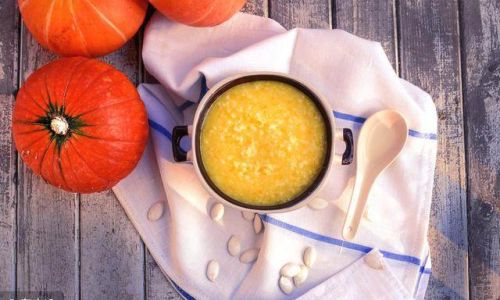
Begin by rinsing the millet grains under cold running water to remove any dust or impurities. Soaking the millet in water for about 30 minutes to an hour can help soften the grains and shorten the cooking time. However, this step is optional and depends on your preference and time constraints.
Boiling Water Method
One effective way to ensure a creamy porridge is to use the boiling water method. Bring 4-5 cups of water to a rolling boil in a heavy-bottomed pot or saucepan. The heavy-bottom ensures uniform heat distribution, preventing the porridge from sticking to the bottom.
Adding Millet
Once the water is boiling, carefully add the rinsed and, if soaked, drained millet grains. Stir immediately to prevent the grains from clumping together. Add a pinch of salt at this stage if using. The boiling water helps to gelatinize the starches in the millet, contributing to the creamy texture.
Simmering with Patience
Reduce the heat to low and let the porridge simmer gently, uncovered. Stir occasionally to prevent sticking and to ensure even cooking. The simmering process is crucial; it allows the starches to slowly release and thicken the porridge, while also promoting the formation of the creamy layer on top.

The Art of Stirring
Stirring is not just a chore in porridge-making; it’s an art form. Gentle, consistent stirring helps break down the starches further, distributing them evenly throughout the porridge. As the porridge cooks, you may notice it becoming thicker and more cohesive. This is when the magic happens—the starches and fats emulsify, creating the desired creamy texture.
Adjusting Consistency
If the porridge becomes too thick for your liking, you can add a little more boiling water, a ladleful at a time, and continue simmering. Conversely, if it’s too thin, allow it to cook a bit longer, stirring frequently, until it reaches your desired consistency.
The Final Touch: Adding Sesame Oil
For an extra layer of flavor and richness, drizzle a few drops of sesame oil into the porridge during the final minutes of cooking. The sesame oil’s nutty aroma will infuse the porridge, enhancing its overall appeal.
Resting and Serving
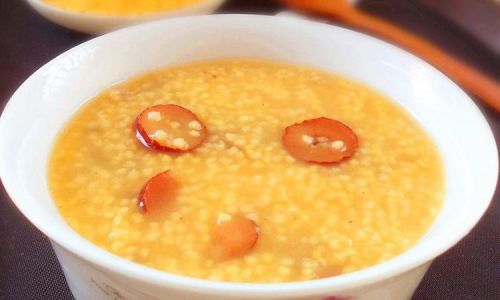
Once the porridge has reached your desired consistency and texture, turn off the heat and let it rest for a few minutes. This resting period allows the grains to absorb any remaining liquid and the porridge to thicken slightly. Serve hot, topped with your favorite garnishes such as chopped nuts, dried fruit, or a drizzle of honey.
Troubleshooting Tips
- Lumpy Porridge: If your porridge turns lumpy, it’s likely due to insufficient stirring or using cold water initially. Stir more frequently and consider using the boiling water method to prevent this.
- Thin Porridge: If the porridge is too thin, continue simmering on low heat, stirring constantly, until it thickens.
- Sticky Bottom: A non-stick pot or frequent stirring can prevent the porridge from sticking to the bottom of the pan.
Conclusion
Making a bowl of creamy millet porridge with a rich, silky texture is a rewarding culinary endeavor that combines precision, patience, and a love for simple, nourishing foods. By following the steps outlined above, you’ll be able to create a dish that not only satisfies your taste buds but also nourishes your body and soul. Remember, the key to success lies in the slow, gentle cooking process and the careful emulsification of starches and fats. Enjoy your journey through the art of making millet porridge, and let each spoonful bring you warmth and comfort.
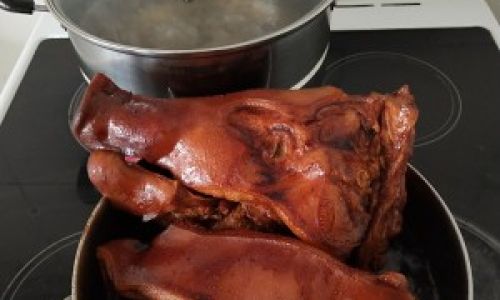
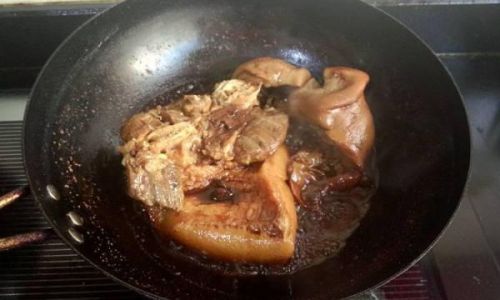
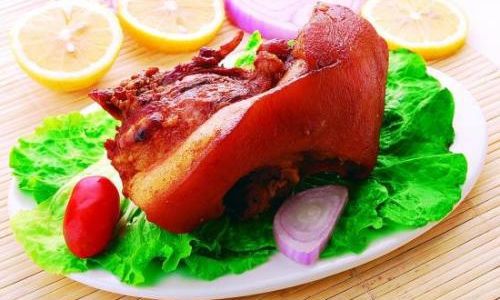
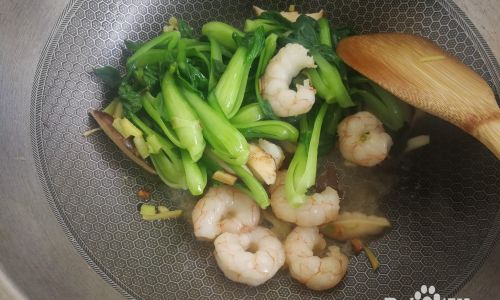
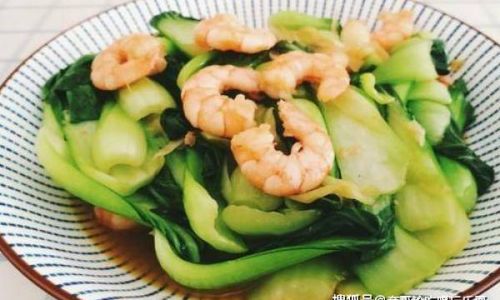
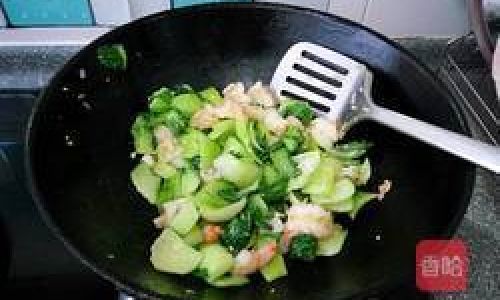
0 comments